|
PATENT
APPLICATION NUMBER: GB1301488.1
Filing date: 28 January, 2013. Publication date: 17 September 2014
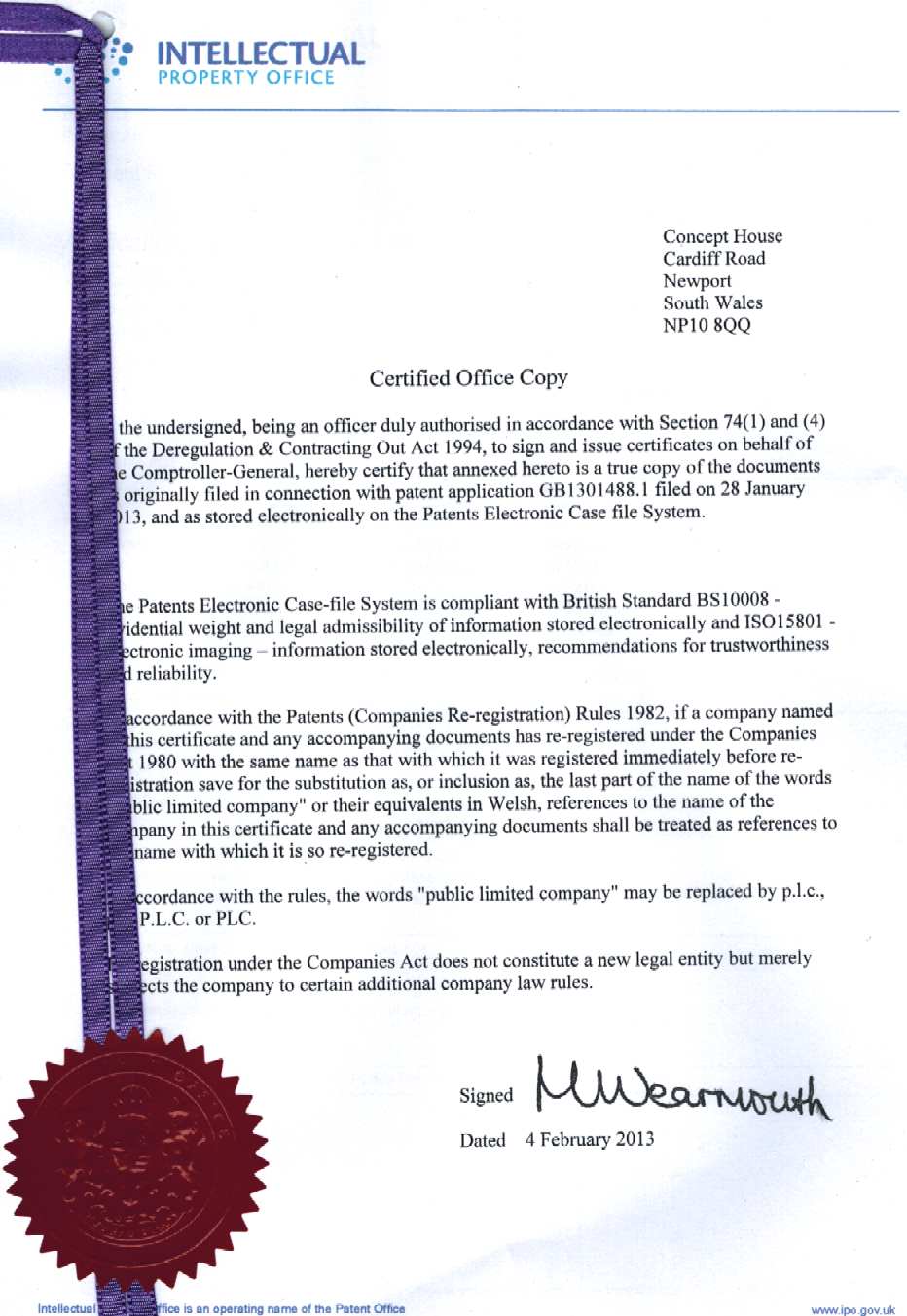
The
above patent application, GB1301488
(published on the 17th of September 2014, under number GB2511731),
identifies shortcomings in many of the patents
cited below. The invention builds on existing technology, with innovation
in several areas to provide a marine vessel (platform) that is capable of
operating at respectable speeds autonomously, optionally using only energy
from nature, the robot ship (or robot assisted ship) making (for example) route
planning and course correction decisions intelligently and in most cases
more accurately and superior to any human captain, to include
radio and
satellite communications, and other sensors for advanced interface with
the environment.
The
result is a significant improvement on the problems identified in the prior art cited
below and other problems not cited in any prior art, but newly
identified:-
CITATIONS
| US4102291 |
Sep 29, 1976 |
Jul 25, 1978 |
|
Electrical
generator for a sailboat |
| US4159427 |
Dec 20, 1976 |
Jun 26, 1979 |
Messerschmitt-Boelkow-Blohm
Gesellschaft mit beschraenkter Haftung |
Apparatus
for utilizing natural energies |
| US4371347 |
Apr 3, 1980 |
Feb 1, 1983 |
|
Wave
motor, especially for propulsion of boats |
| US5236378 |
Aug 4, 1992 |
Aug 17, 1993 |
|
Storage
of photovoltaic arrays on a ship |
| US5291847 |
Oct 14, 1992 |
Mar 8, 1994 |
|
Autonomous
propulsion within a volume of fluid |
| US5449307 |
Dec 6, 1993 |
Sep 12, 1995 |
|
Sea
surveillance and control apparatus |
| US5687137 |
Jan 10, 1996 |
Nov 11, 1997 |
Massachusetts Institute of
Technology |
Methods
and apparatus for adaptive oceanographic sampling |
| US5713293 |
Sep 22, 1995 |
Feb 3, 1998 |
The United States of America as
represented by the Secretary of the Navy |
Unmanned
sea surface vehicle having a personal watercraft hull form |
| US5863228 |
Apr 29, 1996 |
Jan 26, 1999 |
Solomon Technologies, Inc. |
Method
and apparatus for propelling a marine vessel |
| US5894450 |
Apr 15, 1997 |
Apr 13, 1999 |
Massachusetts Institute of
Technology |
Mobile
underwater arrays |
| US5995882 |
Feb 12, 1997 |
Nov 30, 1999 |
|
Modular
autonomous underwater vehicle system |
| US6273015 |
May 1, 2000 |
Aug 14, 2001 |
Maruta Electric Boatworks LLC |
Stabilized
electric watercraft for high speed cruising, diving and
sailing |
| US6536272 |
Aug 4, 2000 |
Mar 25, 2003 |
University of Miami
International Society of Ocean Monitoring and Research |
Water
monitoring, data collection, and transmission module |
| US6807921 |
Mar 7, 2002 |
Oct 26, 2004 |
|
Underwater
vehicles |
| US6854406 |
Apr 10, 2003 |
Feb 15, 2005 |
Board of Regents, The
University of Texas System |
Autonomous
surface watercraft |
| US7290496 |
Oct 12, 2006 |
Nov 6, 2007 |
|
Unmanned
autonomous submarine |
An
unmanned, autonomous, waterborne vehicle for marine use capable of
operating on and below the surface of water, said vehicle including
an enclosed hull having a payload bay, a hybrid propulsion
system having energy collection means in the form of a wing sail covered with photovoltaic cells and energy storage means
for
utilizing at least solar energy and wind energy, a plurality of sensors
for detecting predetermined environmental parameters and a
communications system for transmitting data from said sensors to and for receiving command signals from one or more remote
stations and/or cooperating vehicles.
REFERENCED
BY
| US8123577 |
Jul 9,
2009 |
Feb 28,
2012 |
Argopower, LLC |
Autonomous
vehicle with fuel cell and autonomous flushing system |
CLAIMS
The
claims of this present application are subject to the observations
of the patent officer and subsequent revision after consideration of
those observations.
| US4885217 |
Jul
6, 1987 |
Dec
5, 1989 |
Alupower,
Inc. |
Air
cathodes and materials therefor |
| US4906535 |
Dec
20, 1988 |
Mar
6, 1990 |
Alupower,
Inc. |
Electrochemical
cathode and materials therefor |
| US4950561 |
Jun
29, 1989 |
Aug
21, 1990 |
Eltech
Systems Corporation |
Metal-air
battery with easily removable anodes |
| US4950562 |
Apr
19, 1989 |
Aug
21, 1990 |
Toa
Nenryo Kogyo Kabushiki Kaisha |
Solid
electrolyte type fuel cells |
| US5032473 |
Apr
27, 1990 |
Jul
16, 1991 |
Alupower,
Inc. |
Electrochemical
cathode |
| US5053375 |
Jan
8, 1990 |
Oct
1, 1991 |
Alupower,
Inc. |
Electrochemical
cathode and materials therefor |
| US5292598 |
Apr
21, 1993 |
Mar
8, 1994 |
|
Method
for renewing fuel cells using magnesium anodes |
| US6009823 |
Oct
27, 1998 |
Jan
4, 2000 |
|
Marine
scoop strainer with cleaning access |
| US6250235 |
Aug
1, 2000 |
Jun
26, 2001 |
Global
New Energy Technology Corporation |
Method
and product for improved fossil fuel combustion |
| US6706432 |
Aug
1, 2001 |
Mar
16, 2004 |
Magpower
Systems, Inc. |
Methods
and products for improving performance of batteries/fuel
cells |
| US6854406 |
Apr
10, 2003 |
Feb
15, 2005 |
Board
of Regents, The University of Texas System |
Autonomous
surface watercraft |
| US7789723 |
Jul
30, 2004 |
Sep
7, 2010 |
Solar
Sailor Pty Ltd |
Unmanned
ocean vehicle |
| US7938077 |
May
27, 1993 |
May
10, 2011 |
The
United States of America as represented by the Secretary
of the Navy |
Hydrogen
generation apparatus for an underwater vehicle |
| US20030054208 |
Aug
1, 2001 |
|
|
Method
and products for improving performance of batteries/fuel
cells |
| US20050016430 |
Aug
23, 2004 |
|
|
Autonomous
surface watercraft |
PATENT
ECONOMICS
Criticism
The
incentives to application is not achieved by the patent system. The patent system has countervailing costs, and those costs fall
more heavily in some contexts than others. There are many critics and
criticisms of patents and this has resulted in the formation of a large
number of groups who oppose patents in general, or specific types of
patents, and who lobby for their abolishment.
One
criticism is that a patent confers a "negative right" upon a
patent owner, permitting them to exclude competitors from using or
exploiting the invention, even if the competitor subsequently develops the
same invention independently. This may be subsequent to the date of
invention, or to the priority date, depending upon the relevant patent
law. This argument must be viewed in the context of corporations
effectively taking control of the patents that they should not have rights
to.
Another
criticism is that monopolies may create inefficiency. If the grant of a
patent is the grant of a monopoly, the patent system may stifle
competition and result in higher prices, lower quality, and shortages. In
this context, patents are not socially optimal but are considered to be
second best alternatives. The solution is to grant protection to small
inventors, to include state funded legal assistance, provided that the
inventor licenses his or her invention to all companies at a low rate - to
encourage competition.
Another
theoretical problem with patent rights was proposed by law professors
Michael Heller and Rebecca Sue Eisenberg in a 1998 Science article.
Building from Heller's theory of the tragedy of the anticommons, the
professors postulated that intellectual property rights may become so
widely fragmented that, effectively, no one can take advantage of them as
to do so would require an agreement between the owners of all of the
fragments.
Since
at least the early 1980s, patent offices around the world have accepted
that computer programs can lie within the realm of patentable subject
matter, although the regulations for when a computer program is a
patentable invention differ markedly between countries. It is argued that
the resulting software patents inhibit innovation in contrast to the
underlying purpose of patents.
In
response to perceived problems with the grant of patents, and the evolving
nature of technology and industry, there is on-going debate about, and
reform of, patent systems around the world. The TRIPs agreement, developed
by the WTO has led to the alignment of many patent systems with regard to
certain controversial issues, such as what can be protected by patents and
the issue of compulsory licenses in cases of national need.

IP
Standard
-
Intellectual
Property Clinics
-
Government
Support for Business R&D and Innovation, Warrington
-
How
to maximise your profits with IP, Webinar
-
Harwell
Oxford Business Support Surgeries, Oxford
-
Companies
House Seminar, London
-
Government
Support for Business R&D and Innovation, Southampton
-
New
Year, New Opportunities in Fashion
-
The
Franchise Show 2012, London
-
Natwest
Business Academy, Harrow
-
Companies
House Directors Seminar, Brighton
-
HMRC
Seminar: Patent Box Roadshow, Belfast
-
Business
East, Colchester
-
Copyright,
webinar
-
Business
Expo 3.0, Milton Keynes
-
Essential
intellectual property update, Lancashire
-
Chamber
Business Exhibition, Towcester
-
Patents
and design, webinar
-
Business
Growth Show, Birmingham
-
Yorkshire
Business Market, Harrogate
-
Patent
reform - innovation, enforcement and the future of the single European
patent, London
-
Device
Developers Conference, Cambridge
-
IP
Masterclass
-
Thames
Valley Expo 2013, Berkshire
-
Brand
Yorkshire, Harrogate
-
New
Start Scotland

EUROPEAN
PATENT OFFICE
The
European Patent Organisation is an intergovernmental organisation that was
set up on 7 October 1977 on the basis of the European Patent Convention (EPC)
signed in Munich in 1973. It has two bodies, the European Patent Office
and the Administrative Council, which supervises the Office's activities.
The Organisation currently has 32 member states.
The
European Patent Office (EPO) provides a uniform application procedure for
individual inventors and companies seeking patent protection in up to 37
European countries. It is the executive arm of the European
Patent Organisation and is supervised by the Administrative
Council .
The
Administrative Council was set up under Article
4, paragraph 2(b), EPC. Detailed provisions relating to the Council
can be found in Articles
26 to 36 EPC.
Chairman
/ Deputy Chairman
Chairman
Roland GROSSENBACHER, Directeur, Institut Fédéral de la Propriété
Intellectuelle (CH)
mail : council_chairman@epo.org
Deputy
Chairman
Benoît BATTISTELLI, Directeur général, Institut National de la Propriété
Industrielle (FR)
How
to apply for a patent: a simple guide to the grant procedure
epoline
Search
decisions of the boards of appeal
New
decisions
Pending
decisions
Business
distribution scheme
Forms
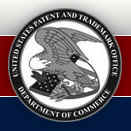
UNITED
STATES PATENT OFFICE
For over 200 years, the basic role of the United States Patent and
Trademark Office (USPTO) has remained the same: to promote the progress of
science and the useful arts by securing for limited times to inventors the
exclusive right to their respective discoveries (Article 1, Section 8 of
the United States Constitution). Under this system of protection, American
industry has flourished. New products have been invented, new uses for old
ones discovered, and employment opportunities created for millions of
Americans. The strength and vitality of the U.S. economy depends directly
on effective mechanisms that protect new ideas and investments in
innovation and creativity. The continued demand for patents and trademarks
underscores the ingenuity of American inventors and entrepreneurs. The
USPTO is at the cutting edge of the Nation’s technological progress and
achievement.
The USPTO is a federal agency in the Department of Commerce. The USPTO
occupies five interconnected buildings in Alexandria, Virginia. The office
employs over 7,000 full time staff to support its major functions-- the
examination and issuance of patents and the examination and registration
of trademarks.
The USPTO has evolved into a unique government agency. Since
1991--under the Omnibus Budget Reconciliation Act (OBRA) of 1990--the
agency has been fully fee funded. The primary services the agency provides
include processing patent and trademark applications and disseminating
patent and trademark information.
Through the issuance of patents, the USPTO encourages technological
advancement by providing incentives to invent, invest in, and disclose new
technology worldwide. Through the registration of trademarks, the agency
assists businesses in protecting their investments, promoting goods and
services, and safeguarding consumers against confusion and deception in
the marketplace. By disseminating both patent and trademark information,
the USPTO promotes an understanding of intellectual property protection
and facilitates the development and sharing of new technologies worldwide.
USPTO programs are conducted under the following principal
statutory authorities:
-
15 U.S.C. 1051-1127 contains provisions of the Trademark Act of
1946 that govern the administration of the trademark registration
system of the Patent and trademark Office.
-
15 U.S.C. 1511 states that the Patent and Trademark Office is
under the jurisdiction and supervision of the Department of Commerce.
-
35 U.S.C. contains basic authorities for administration of
patent laws, derived from the Act of July 19, 1952, and subsequent
enactment. Revenues from fees are available, to the extent provided
for in appropriations acts, to the Commissioner to carry out the
activities of the Office. The Patent and Trademark Office is
authorized to charge international fees for activities undertaken
pursuant to the Patent Cooperation Treaty. Deployment of automated
search systems of the Office to the public is authorized.
-
44 U.S.C. 1337-1338 contains authority to print patents,
trademarks, and other matters relating to the business of the Office.
 Patents Patents
- What
can be patented
- Who
may apply for a patent?
 Trademarks Trademarks
 Copyrights Copyrights
 Domain
names Domain
names
 Trade
secrets Trade
secrets
 International
IP International
IP
 What
are patents, trademarks, What
are patents, trademarks,
servicemarks,
and copyrights?

ABOUT
IP AUSTRALIA
Patents
- Charter Service Level Commitments
Charter
Home | Patents
| Trade
Marks | Designs
| Plant
Breeder's Rights | Reports
Examination:
-
We
are working towards issuing first reports on applications for standard
patents within 14 months of receiving the request for
examination.
-
We
will examine and issue a report on your innovation patent within one
month of receiving the request for examination.
-
We
will issue an international search report for your application for a
patent within nine weeks of receiving the search copy
of the international application unless the application is for more
than one invention.
-
We
will issue an international-type search report for your application
for a patent within four weeks of receiving the
request for the search, unless the search request covers more than one
invention, or we ask you to supply a written search statement.
-
We
will respond to correspondence relating to the examination of your
application within four weeks of receiving it.
-
We
will achieve 95% compliance with all our published Product
Quality Standards (opens in new window).
Hearings:
Registration:
-
We
will seal your patent within one month after the
opposition period has expired, provided no one has opposed the
application and any applicable fees have been paid.
-
We
will grant your innovation patent, provided you have paid the fee and
complied with the formalities, within one month of
the application being lodged.
For
our current compliance with these commitments, go to our Charter
Report.
More
Patents statistics are available at our IP
Statistics page.
ONLINE
SERVICES
Apply
for your patent online
What
is a patent?
Before
you apply
The
application process
Maintaining
your patent
International
applications
Fees
Examples
Search
databases
Forms
& publications

The
Role of the Japan Patent Office
The
aim of industrial property (IP) system (general term for patent, utility
model, design, and trademark systems) is to contribute to the nation’s
industrial development through adequate protection and effective
utilization of inventions and other forms of intellectual creations. To
help promote science and technology, the IP system is expected to play an
increasingly important role in Japan in the 21st century.
The
Japan Patent Office (JPO) consists of the General Affairs Department, the
Examination Department, the Appeals Department, and other sections and
departments. The main functions of these departments include; 1) granting
adequate rights for patents, etc., 2) drafting plans for IP policies, 3)
international exchange and cooperation, 4) review of the IP system, and 5)
dissemination of information on IP. These functions provide for the
positive advancement of industrial development.
1.
Granting Exclusive Rights for Patents, Etc.
When
the JPO receives an application from anywhere in the world, its examiners
from the appropriate technical department must first conduct a strict
examination of the filed documents from the viewpoint of technological and
legal standards in order to determine whether exclusive patent or other
rights can or cannot be granted.
If there is an objection to the result of this examination, the Appeals
Department is authorized to act as the court of first instance for a local
court in strict accordance with the Civil Procedure Code
2.
Drafting Plans for Industrial Property Policies
In
order to realize a “Nation Built on Intellectual Property” for the
future, IP policies must be drafted and implemented to promote; 1) prompt
examination of patents, 2) support in the use of IP by regions as well as
small and mid-sized enterprises, 3) establishment of a “Japan brand”,
4) anti-counterfeit programs, and 5) create an environment which
encourages the “Intellectual Creation Cycle” (the cycle of creation,
protection, and exploitation).
3.
International Exchange and Cooperation
To
establish an IP environment aimed at an international harmonization, the
JPO has been actively working on international activities. Specifically,
it has been making collaborative efforts with the USPTO and EPO, extending
assistance to developing nations in such areas as office computerization,
examination processes, and human resources development, and implementing
tougher anti-counterfeiting measures.
4.
Review of the Industrial Property System
The
JPO continues to review and revise related laws and examination standards
based on plans drafted for IP policies, and on the results of
international negotiations.
5.
Dissemination of Information on Industrial Property
To
satisfy diversified user needs, the JPO has been expanding IP information
services. For example, improvements have been added to the Industrial
Property Digital Library (IPDL) services to be provided over the Internet.
We also started publishing DVD-ROM version official gazettes.
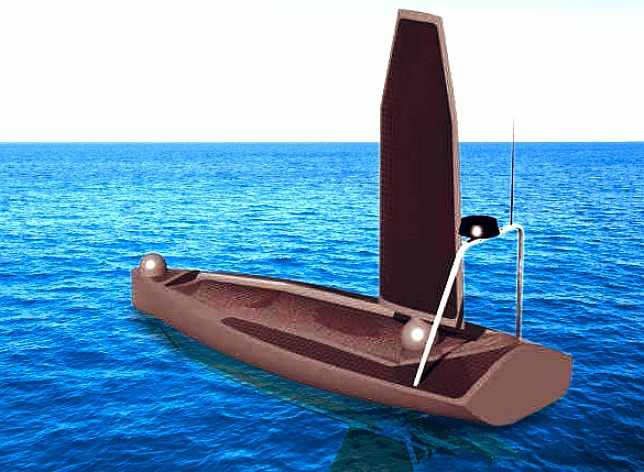
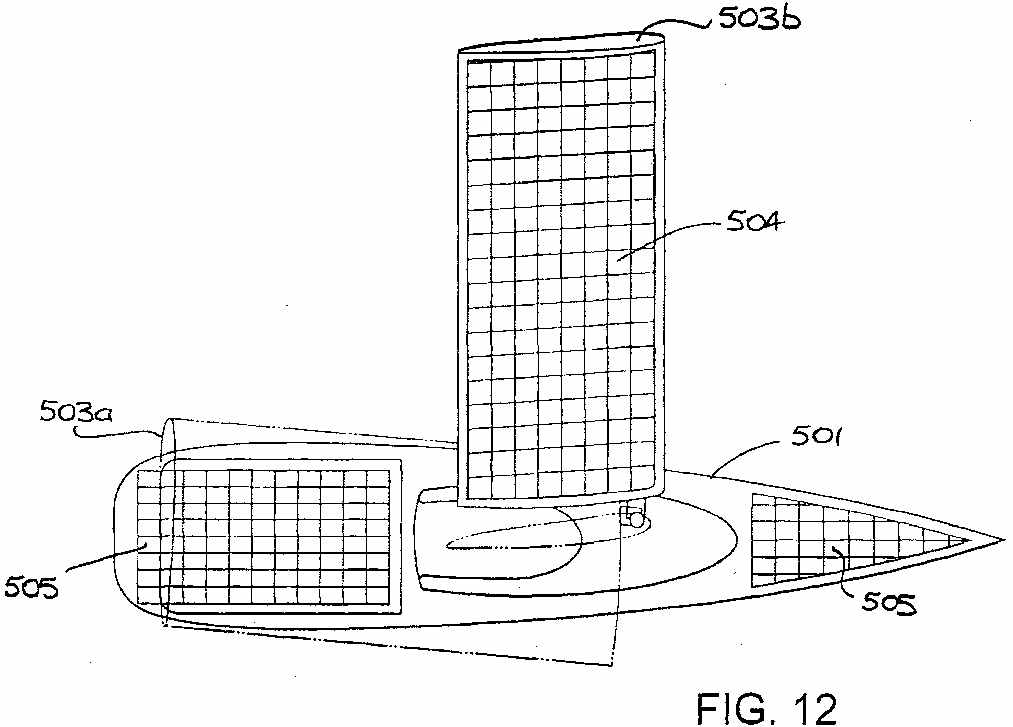
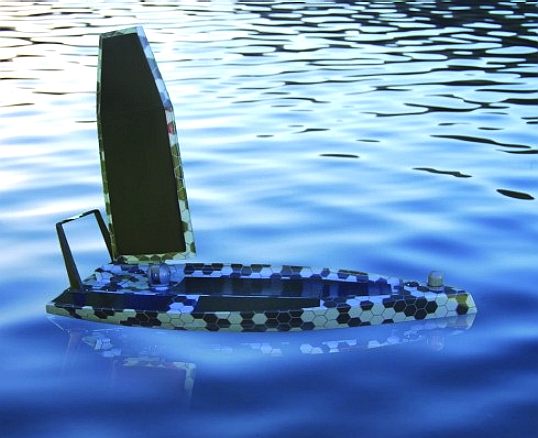
Wing-sail
system and Man-O-War
model as developed from the Solar Sailor patent cited as prior art
SPECIFIC
MARKET (CIVILIAN & MILITARY) APPLICATIONS -
LINKS
|
L
- Youtube
|
L - Youtube
|
|
L- Youtube
|
Ll
- Youtube
|
Email:
 or phone UK:
or phone UK:
+
44 (0) 1323 831727 +44 (0) 7842 607865
Max
Energy Ltd and Bluebird Marine Systems Ltd
Solar
House, BN27 1RF, United Kingdom


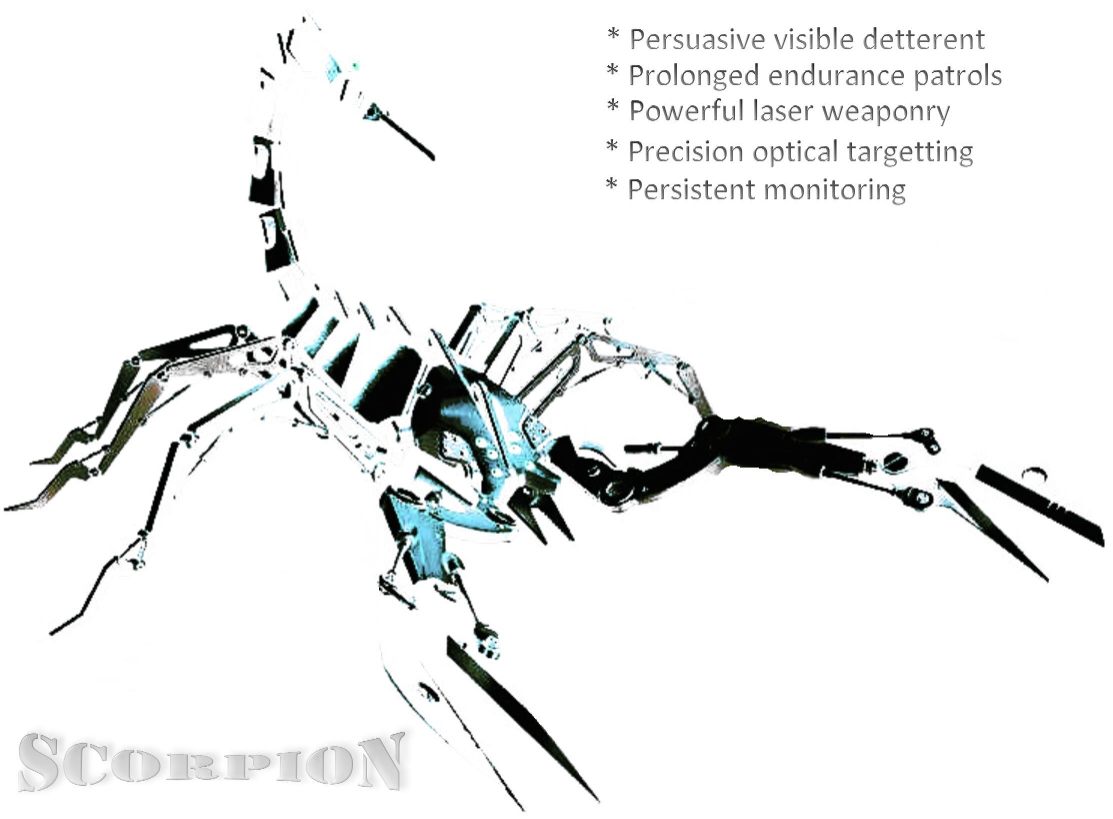
"You
have enemies? Good. That means you’ve stood up for something, sometime
in your life."
Sir
Winston Leonard Spencer Churchill (1874-1965)
|
or phone UK:











